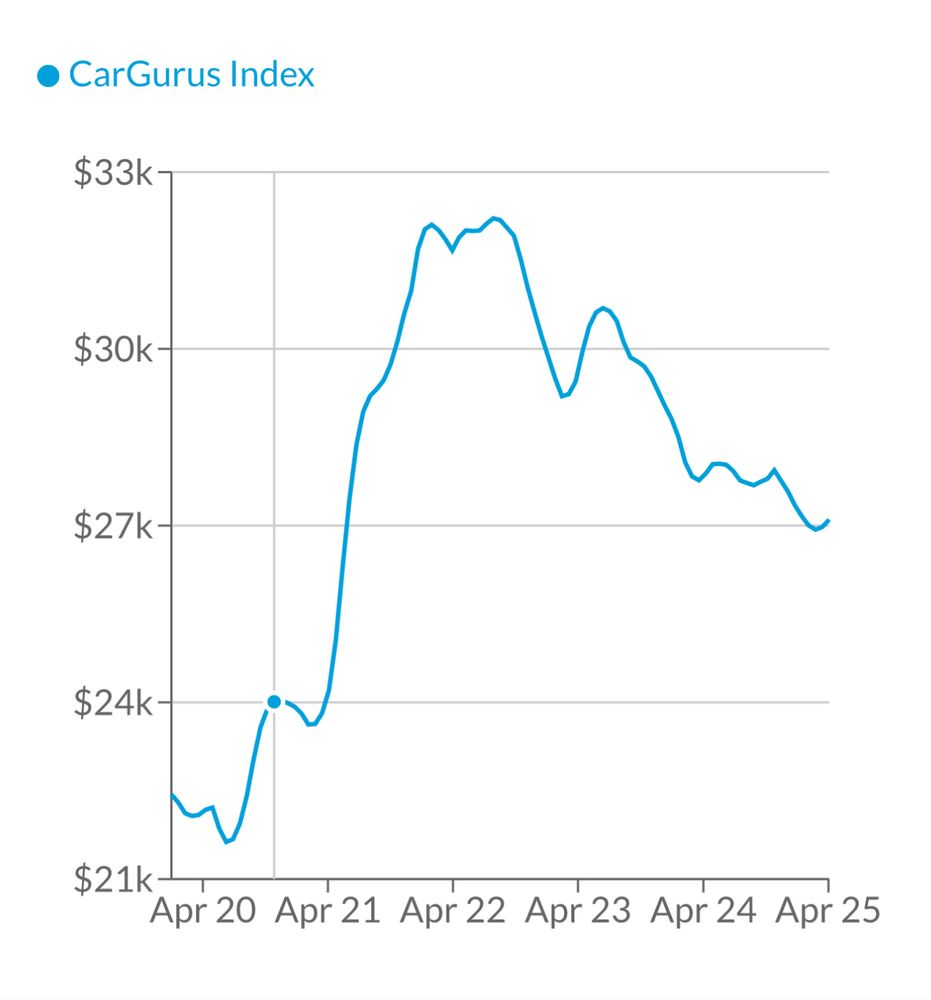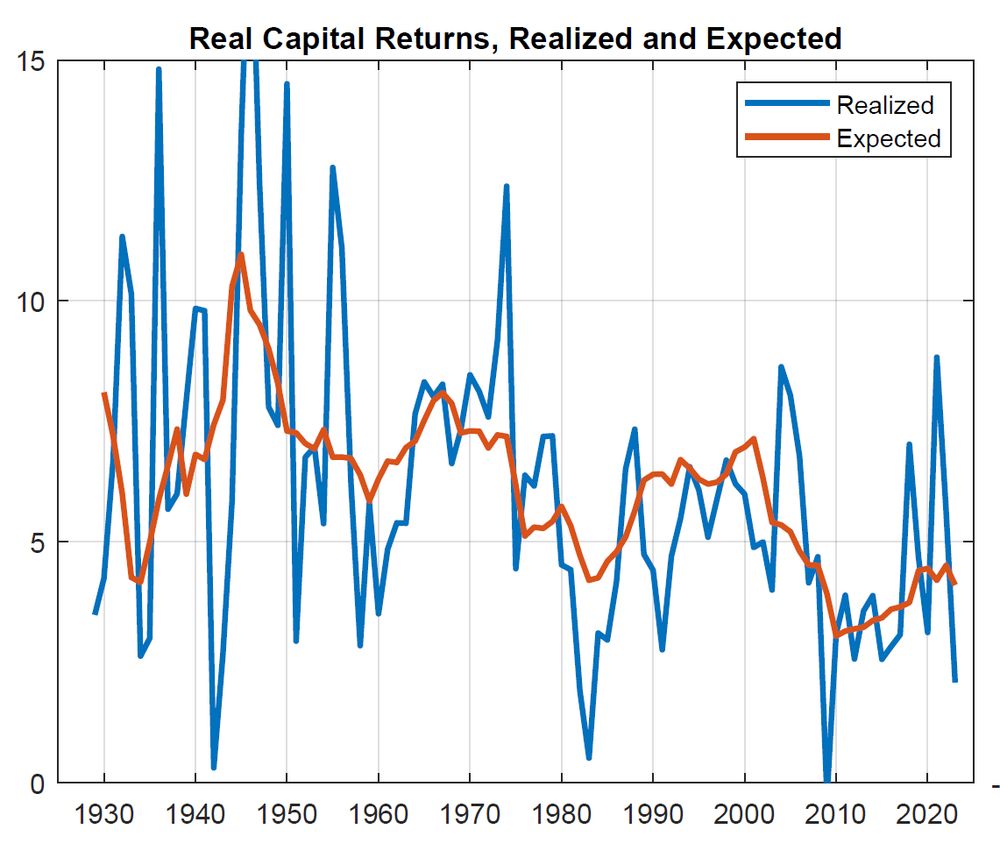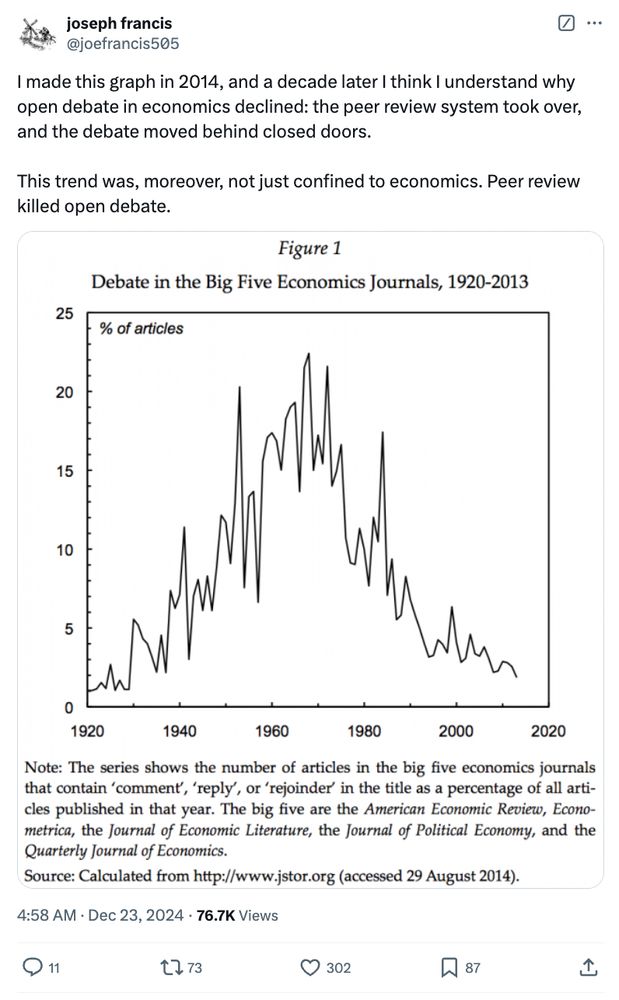Jonathan Heathcote
@heathcote.bsky.social
2.6K followers
660 following
29 posts
Economist. Macro, inequality, public finance, international finance, asset pricing, labor.
https://www.jonathanheathcote.com
Posts
Media
Videos
Starter Packs
Reposted by Jonathan Heathcote
Reposted by Jonathan Heathcote
Jonathan Heathcote
@heathcote.bsky.social
· Feb 11

Reconciling Macroeconomics and Finance for the U.S. Corporate Sector: 1929 to Present
Founded in 1920, the NBER is a private, non-profit, non-partisan organization dedicated to conducting economic research and to disseminating research findings among academics, public policy makers, an...
www.nber.org
Jonathan Heathcote
@heathcote.bsky.social
· Feb 11
Jonathan Heathcote
@heathcote.bsky.social
· Feb 11
Jonathan Heathcote
@heathcote.bsky.social
· Feb 11
Jonathan Heathcote
@heathcote.bsky.social
· Feb 11

Reconciling Macroeconomics and Finance for the U.S. Corporate Sector: 1929 to Present
Founded in 1920, the NBER is a private, non-profit, non-partisan organization dedicated to conducting economic research and to disseminating research findings among academics, public policy makers, an...
www.nber.org
Jonathan Heathcote
@heathcote.bsky.social
· Jan 14
Jonathan Heathcote
@heathcote.bsky.social
· Jan 12
Jonathan Heathcote
@heathcote.bsky.social
· Jan 12
Jonathan Heathcote
@heathcote.bsky.social
· Jan 12
Reposted by Jonathan Heathcote
Reposted by Jonathan Heathcote
Jonathan Heathcote
@heathcote.bsky.social
· Dec 14
Jonathan Heathcote
@heathcote.bsky.social
· Dec 10
Reposted by Jonathan Heathcote











